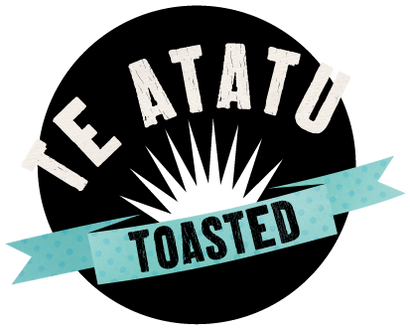Your Cart is Empty

How to read a food label
April 04, 2023
Trying to work out what foods are good for you, compared with those that are less healthy, can be baffling. Many of the declarations on packaging are vague or meaningless; for instance a food company can declare their product is natural and there is no criteria they have to meet, so essentially this can be put on anything.
The best way to understand what you are eating is to learn how to read a food label. In New Zealand almost all packaged foods must have a nutritional label - the only exceptions to this are foods considered to have no significant food value, such as simple herbs, coffee and tea. This label must include all the ingredients in the food and a breakdown of the nutritional information of the product.
The ingredients list runs in the order of volume, so the first ingredient will be the major ingredient.
Some food manufacturers now group ingredients together or split up ingredients to make the ingredient list look better. This is misleading but it is allowable, so watch out for it. For example, to make a food look like it contains a larger proportion of nuts, a manufacturer could group all the nuts including coconut together. This would allow them to put nuts higher up in the ingredients list.
To make a food look like it has less sugar, a food manufacturer could use smaller amounts of several different sugars, so they can be listed separately further down the ingredient list.
Some ingredients are listed with a bracketed number. Download the E-Codes phone on your app – it’s free and if you enter the number, it will tell you exactly what the ingredient is.
Food manufacturers also must declare any additives in ingredients. Many dried fruits have sulphites or sugars added so that must be declared in brackets - for example apricots (sulphites), cranberries (sugar).
Ingredients that are considered common allergens may be declared ie nuts, seeds, milks. Or there may be an allergen warning.
The nutrition information panel (or NIP for short) must list how much of the following nutrients are present:
- Energy (kilojoules)
- Protein (grams)
- Total fat (grams) – Look for less than 10g per 100g*
- Saturated fat (grams) – Less is best*
- Total carbohydrate (grams)
- Sugar (grams) – Look for less than 10g per 100g*
- Sodium (milligrams) – Look for less than 400mg per 100g*
*Recommendations taken from NZ Nutrition Foundation
Sometimes the breakdown of dietary fibre is also listed – the more fibre, the better.
|
It’s mandatory to list the breakdown per 100 grams and it also can be listed per serving size.
However, the manufacturer can determine the serving size and some will list a small size so that their nutritional figures look better, which can be misleading. That’s why when reading a nutritional label, it is always best to look at the per 100g figure and use this to compare against similar products.
Food labels must also include the manufacturer's name and contact details. Somewhere on the packaging there must be a use by or best before date. Food products that need to be eaten by a certain date or they may pose a food safety risk, such as food poisoning, will have a best before date. Foods where the quality may be compromised but they are still safe to eat will use a best before date.
Start looking closely as labels as you cruise the supermarket aisles – you may be amazed at what is in some of the products you buy regularly.
